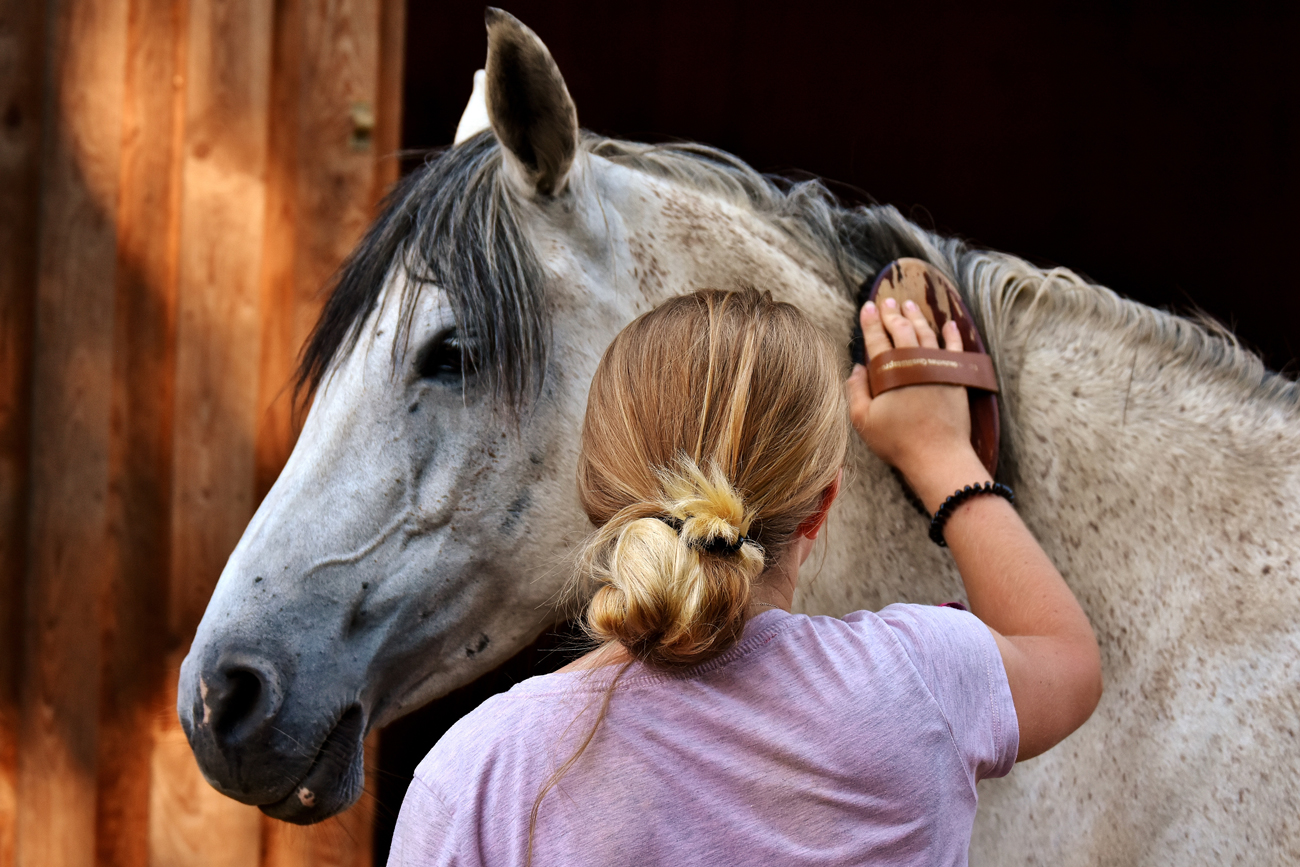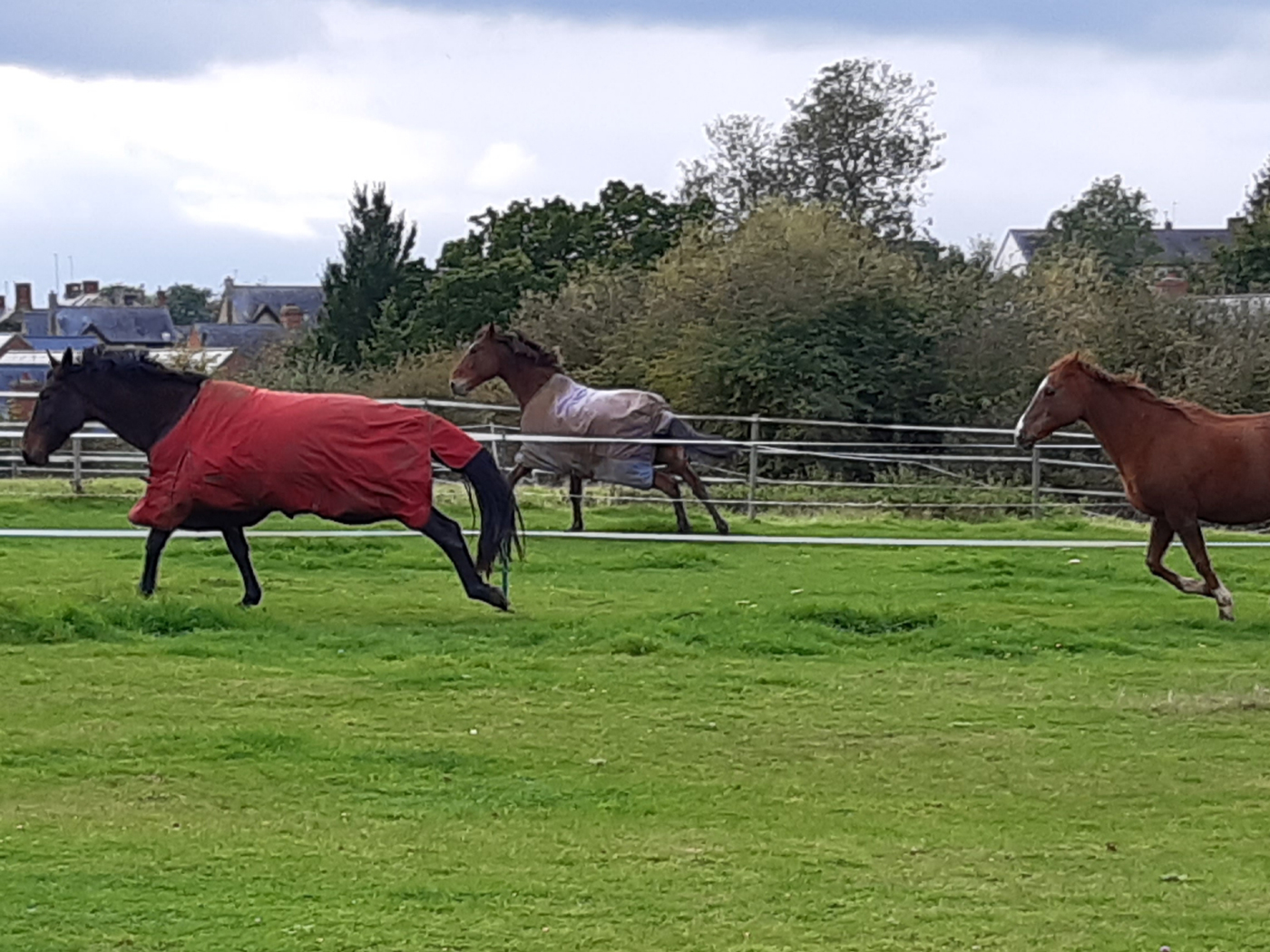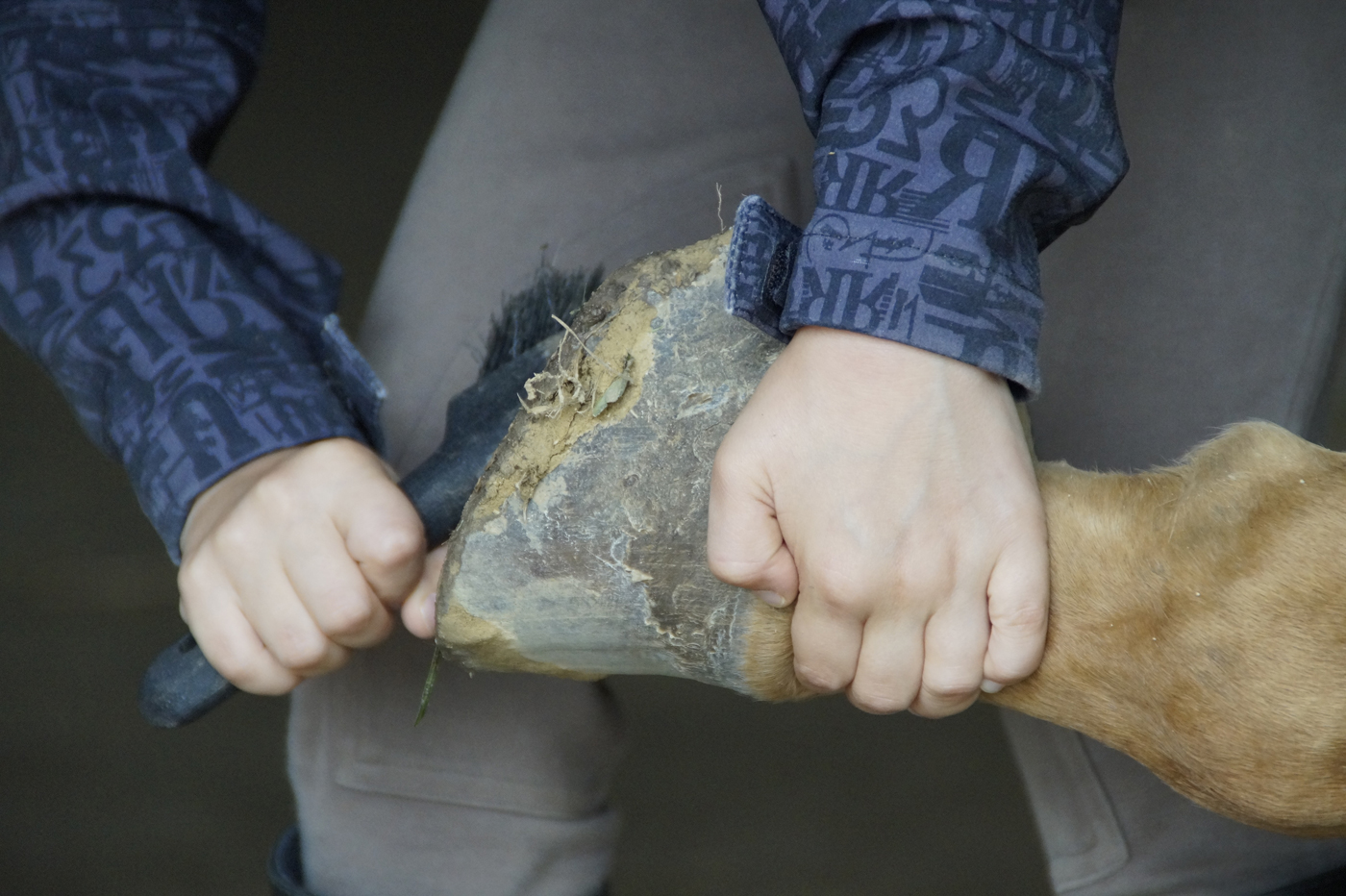Our horses give us so much – it’s only right that we take the very best care of them. What’s the best way to avoid injuring your horse?
Know your horse
While some injuries might be immediately obvious, most will be more subtle. Close observation and knowledge of your horse is an invaluable tool in picking up injuries early.
You should know your horse’s usual feeding and drinking habits, typical droppings and urine and behaviours. Any change to these could be a telltale sign there is something wrong.
Taking a good look at your horse can reveal indicators such as lameness, discharge from eyes, ears or nose, breathing difficulties or signs of weight loss. The more you know about horses in general and your horse in particular, the more you can do to avoid injury or prevent minor conditions from becoming a major problem.
Routine care of your horse
Some types of illness and injury are easily avoided. Keeping up to date with your parasite control programme, vaccinations and maintaining proper hygiene in your horse’s living areas will help to avoid sickness.
Many parasites become a problem when dung is not cleared away promptly. Basic tasks such as mucking out can be very beneficial to your horse’s health.
Recommended vaccinations for your horse include tetanus, equine herpes virus, strangles and equine influenza. Whether these vaccinations are appropriate for your horse depends on factors such as age and use of the animal.
The government’s Code of Practice is a good place to start in planning the care of your horse or pony.

Caring for your horse’s feet
Lameness is often caused by poor care of feet and hooves. Feet should be trimmed regularly and horseshoes should be used where horses are ridden on hard or rough surfaces, such as a roadway.
It is recommended that hooves should be trimmed and/or re-shod by a qualified farrier every four to eight weeks, with frequency depending on factors such as health, nutrition, age and use.
Hazards in accommodation
Pastures and stables should be free from hazards such as protruding nails, barbed wire or unsuitable fencing. Horses can easily be injured by these, risking wounds and infection.
Toxic substances such as paint and poisonous plants should also be removed from pasture. Some trees such as privet, yew, laburnum and plants such as ragwort pose a threat to horse health and care should be taken to clear the pasture of these.
Safe socialisation of horses
Horses can be a danger to each other. Unless socialisation is managed correctly, horses can become tense and aggressive, biting or kicking others in the field.
Tricks such as scent swapping and introducing horses over a safe post and rail barrier can help. It is also wise to remove shoes from hind hooves before making an introduction, to reduce the potential for kicks to cause injury.
Keeping horses in same sex herds that mix different ages together can also help reduce aggression. Competition for resources such as food and water can increase poor behaviour – ensure there is enough to around and never enter a field with food for just one horse.

Common horse injuries
1. Suspensory ligament injury
Suspensory ligaments support organs or body parts. If a ligament is strained during exercise, for example through overextension, it can become sore and inflamed. Ensuring a horse is trained steadily rather than pushed too far can help to avoid this.
2. Joint injury
Stress, twisting and torque on leg joints can cause injury, which in turn can lead to long-term problems such as arthritis. This injury can be prevented by avoiding rapid turns which could twist the joint, and ensuring good rest and medication to help joints heal when strained.
3. Lameness
This condition relates to problems with legs below the knee. There are many underlying causes but the key message is that signs of lameness should not be ignored, as this can make the condition worse.
4. Hoof injury
Bruises or punctures to the hoof can be very painful for horses. They can also be affected by thrush or abscesses in the hoof. These can be prevented by ensuring the horse does not spend long periods in wet or dirty conditions.
Conditions to watch out for
Laminitis
The laminae is a soft tissue structure around horse hoofs.It can become inflamed and painful, particularly in overweight or obese horses. Watch out for increased digital pulse in lower limbs, lameness and unwillingness to get up, rocking back onto heels and leaning into back feet. If untreated, laminitis can be serious and potentially a cause for euthanasia.
Arthritis
Any horse joint can develop osteoarthritis, also known as degenerative joint disease (DJD). It can affect one or more joints, as cartilage is worn down, causing loss of joint mobility, swelling, heat and pain. While there is no specific cure, the condition can be managed effectively with the right advice from an equine vet professional.
Colic
This abdominal condition causes pain and can indicate a problem with the gut or other organs. A catch-all term for multiple conditions, it can be caused by anything from indigestion to a twisted gut. Signs include restlessness, sweating and laboured breathing, elevated pulse rate and temperature and straining to pass dung or urinate without any coming out.
Desmitis
Degenerative suspensory ligament desmitis is commonly known as DSLD. The condition involves strain to the upper part of the suspensory ligament where it attaches to the bones. It can cause long-term lameness, but is usually healed with early diagnosis and treatment.

Protect your horse and yourself by taking out horse rider insurance. This type of cover can help with the cost of injury to your horse. Equesure covers vet fees up to £1,500 for accidental visible injuries, or up to £3,250 for death of a horse.
Horse rider insurance from Equesure also provides public liability cover up to £1 million, personal accident cover up to £20,000 and personal dental treatment cover up to £1,750. Saddlery and tack is also covered up to £2,500.
Different policies are available for adult and junior riders, with options to add on extras such as horse insurance, horsebox insurance and trailer insurance.
Why not contact Equesure today to discuss your horse rider insurance?
Sources
https://assets.publishing.service.gov.uk/government/uploads/system/uploads/attachment_data/file/700200/horses-welfare-codes-of-practice-april2018.pdf
https://www.horseandrideruk.com/expert-advice/articles/preventing-field-injuries/
https://www.bluecross.org.uk/pet-advice/common-ailments-and-health-problems-horses
https://www.animalife.co.uk/blog/Injuries/
https://www.horseandhound.co.uk/horse-care/vet-advice/suspensory-ligaments-desmitis-58731
https://www.horseandhound.co.uk/horse-care/vet-advice/arthritis-in-horses-degenerative-joint-disease-610660






